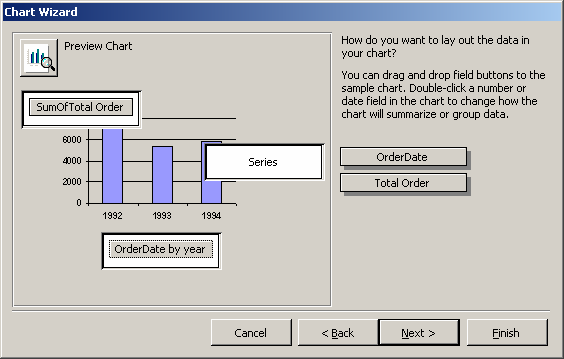
Otherwise, try to find a product whose values in the Dimensions and Number across columns match your labels. Select your label in the What label size would you like? box. If you know the manufacturer and product number of the labels:Ĭhoose the manufacturer in the Filter by manufacturer box. On the Create tab, in the Reports group, click Labels. This is usually a table, a linked table, or a query, but you can also select a form or report. In the Navigation Pane, select the object that contains the data you want to display on your labels.

Create labels by using the Label Wizard in Access The wizard creates the report, which you can then customize, if needed.
LABEL WIZARD ACCESS SERIES
The Label Wizard asks you a series of questions about your labels and the data you want to display on them. Printing the report gives you a single label for each address from the underlying record source.įor more information about linking or importing data from other sources (such as Microsoft Excel or Microsoft Outlook) to use on your labels, see the article Introduction to importing and exporting data. In the case of mailing labels, the report gets the address data from the tables or queries containing the addresses.

The most common use of labels is for mailing, but any Access data can be printed in a label format for a variety of purposes. In Access, you create labels as a report that is formatted with a small page size to fit the desired label. Print Access data by using the Mail Merge Wizard in Microsoft Word This article outlines the steps involved.

You can create the labels as a report within Access, or you can "merge" the data with a Microsoft Word document and then print the labels from Word. The labels can contain data that is stored in Access tables, or data that is imported or linked from other sources such as Microsoft Excel workbooks or Microsoft Outlook contact lists. The simplest is to use the Label Wizard in Access to create and print a report that is formatted to fit your labels. Microsoft Access gives you several different options for creating labels containing data stored in your Access tables. Access for Microsoft 365 Access 2021 Access 2019 Access 2016 Access 2013 Access 2010 Access 2007 More.


 0 kommentar(er)
0 kommentar(er)
